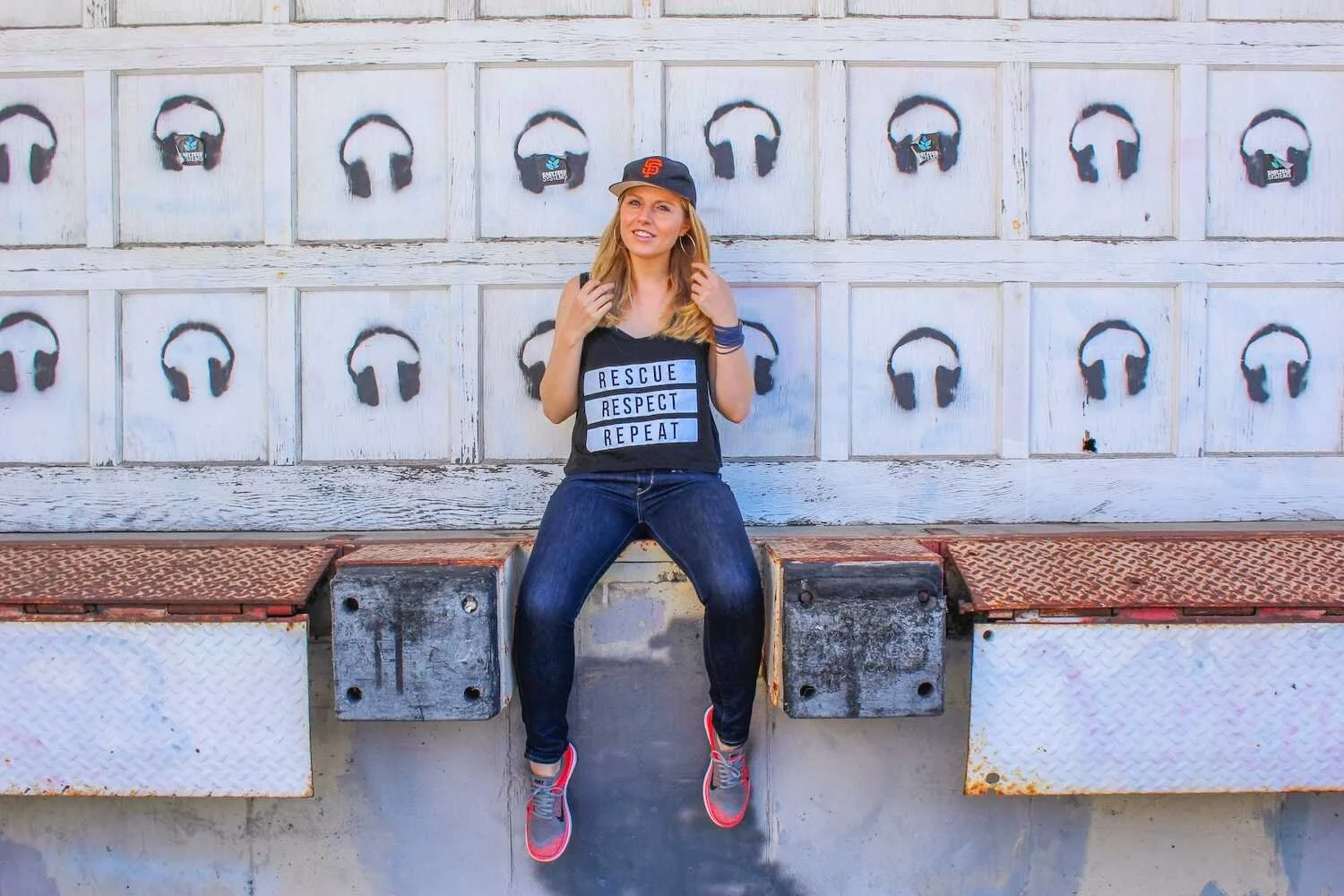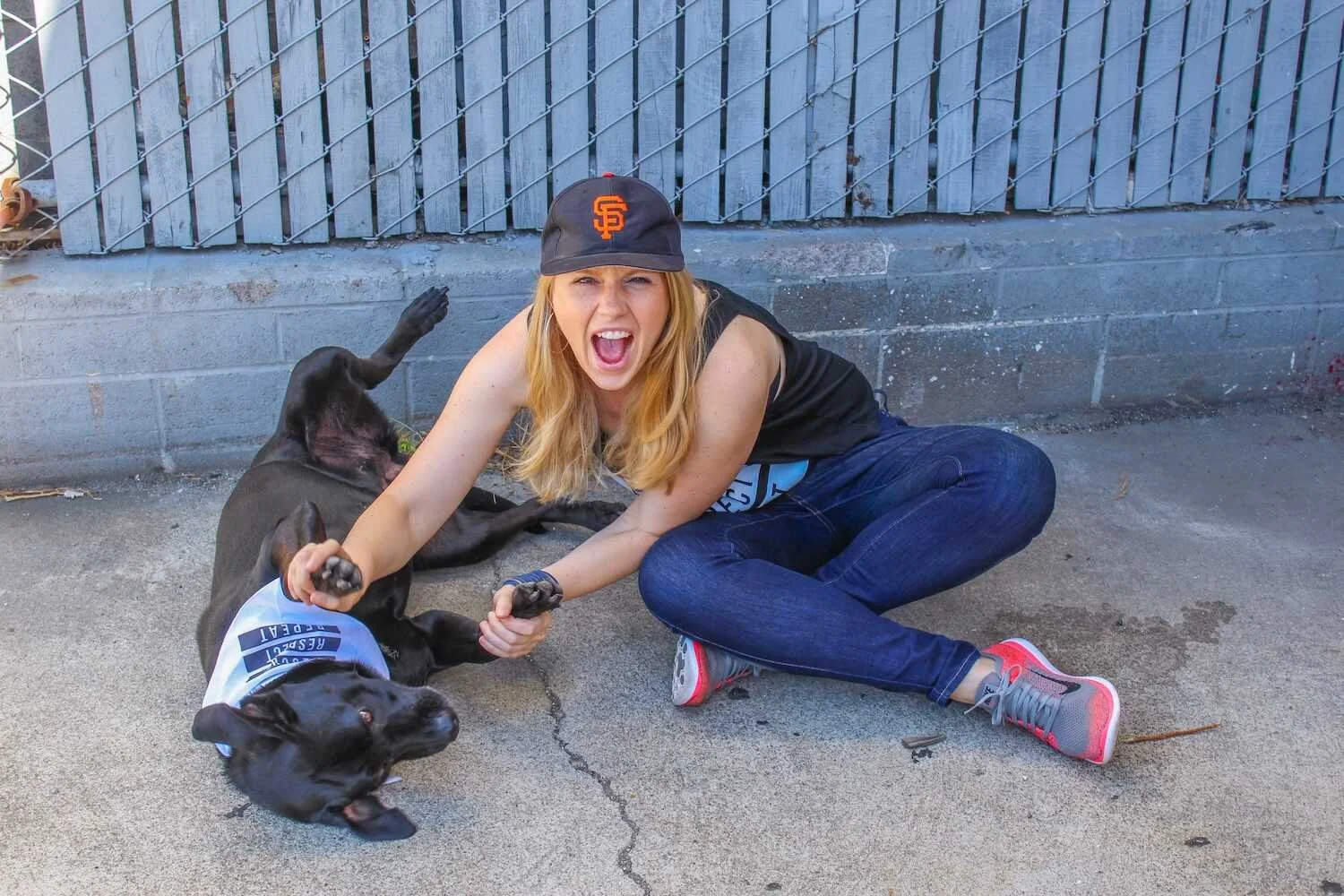Adopting a Rescue Dog - A Guide To The First Seven Days
Bringing a rescue dog into your home is an incredibly rewarding experience, but it also comes with challenges. The first seven days are critical for building trust, setting routines, and making your new furry friend feel safe and loved.
I adopted my rescue dog Holly from the Humane Society when she was one year old. She is a pit bull and black labrador retriever mix, known as a “Labrabull.” I’ve had her now for over 10 years, and she’s been an amazing family dog.
In this guide, we’ll walk you through what to expect during the first week, from preparing your home to establishing trust and routines.
Day 1: Bringing Your Dog Home
The first day is all about introductions and helping your rescue dog feel safe. This can be an overwhelming experience for your new pet, so keep things calm and low-key.
What to Expect:
Your dog may be nervous, shy, or even scared.
They might explore their surroundings cautiously or hide in a quiet spot.
Appetite and bathroom habits may be irregular due to stress.
Tips for Day 1:
Prepare your home for a new dog. Have a designated area prepared with a cozy bed, food, water, and toys.
Allow your dog to explore at their own pace without overwhelming them with too much attention.
Keep introductions to family members and other pets slow and controlled.
Take your dog outside for bathroom breaks regularly but don’t force interactions.
Stick to a quiet environment to help them adjust.
Day 2: Establishing a Routine
Dogs thrive on routine, and establishing one early on will help your rescue dog feel more secure.
What to Expect:
Your dog may start to feel more comfortable but could still be anxious.
They might follow you around or prefer to observe from a distance.
Some may begin to show their personality, while others take longer.
Tips for Day 2:
Start a consistent feeding and potty schedule.
Take short, frequent walks to help them adjust to their new environment.
Use positive reinforcement to encourage good behavior.
Keep interactions gentle and allow your dog to come to you when they’re ready.
Day 3: Building Trust
By the third day, your rescue dog will start realizing that this is their new home. This is a crucial time for building trust.
What to Expect:
Your dog may begin testing boundaries.
They might start showing signs of affection or playfulness.
Some may still be reserved, which is completely normal.
Tips for Day 3:
Spend quality time together, whether it’s sitting quietly, playing, or offering treats.
Continue to be patient and allow them to approach you on their terms.
Avoid overwhelming them with new experiences; introduce new things gradually.
Day 4: Addressing Behavioral Challenges
As your dog gets more comfortable, behavioral issues may arise, such as chewing, barking, or fear-based reactions.
What to Expect:
Your dog may test their limits by ignoring commands or engaging in undesirable behaviors.
Anxiety-related behaviors, such as whining or pacing, may persist.
Some dogs may still be nervous, while others start gaining confidence.
Tips for Day 4:
Stay patient and consistent with positive reinforcement.
Provide mental stimulation with interactive toys and training exercises.
Address problem behaviors early with gentle corrections and redirection.
Continue rewarding good behavior to build trust and confidence.
Day 5: Strengthening the Bond
By day five, your rescue dog should be showing more of their personality and adjusting to their new routine.
What to Expect:
Your dog may begin seeking affection more often.
They might show excitement during walks or playtime.
Some initial fears may start to fade, though new ones may emerge.
Tips for Day 5:
Spend more time engaging in positive interactions like training, play, or cuddles.
Reinforce house rules gently and consistently.
Continue to monitor their comfort level with different environments and people.
Take note of any lingering anxieties and work on gradual exposure.
Day 6: Socialization and Training
With the foundation of trust beginning to form, this is a good time to focus more on training and socialization.
What to Expect:
Your dog may start responding better to training commands.
They might be more willing to explore and interact.
Some lingering fears or hesitations may still be present.
Tips for Day 6:
Begin teaching basic commands like sit, stay, and come using positive reinforcement.
Expose your dog to different sounds, sights, and experiences gradually.
Continue reinforcing good behavior with praise and treats.
Keep training sessions short and positive to maintain engagement.
Day 7: Settling Into Their New Life
By the end of the first week, your rescue dog should be feeling more at home and comfortable in their new environment.
What to Expect:
A more relaxed and confident demeanor.
Improved appetite and regular bathroom habits.
A developing attachment to you and their new home.
Tips for Day 7:
Celebrate progress, no matter how small.
Keep reinforcing positive behaviors and routines.
Stay patient with any ongoing challenges and continue building trust.
Start thinking about long-term training and bonding activities.
Adjusting a Rescue Dog to Young Children
Introducing a rescue dog to young children requires patience, structure, and a gentle approach to ensure a smooth transition for both the dog and the kids. Rescue dogs may have experienced trauma or inconsistent environments, so they need time to build trust and feel safe in their new home.
Start by setting clear boundaries for both the dog and the children, teaching kids to approach calmly, avoid sudden movements, and respect the dog’s space. Supervised interactions with positive reinforcement, such as treats and gentle petting, can help the dog associate children with safety and affection.
Establishing a predictable routine for meals, walks, and rest will also help the dog feel secure. With time, consistency, and encouragement, the rescue dog and young children can form a loving and lasting bond.
Final Thoughts
The first seven days with a rescue dog set the tone for your future together. It’s important to be patient, understanding, and consistent as your new companion adjusts to their new life. Every dog is different, and some may take longer than others to settle in, but with time, love, and routine, you’ll soon have a happy and trusting furry friend by your side.
Are you considering adopting a rescue dog? We’d love to hear about your experiences and any tips you have for helping new pets adjust!















